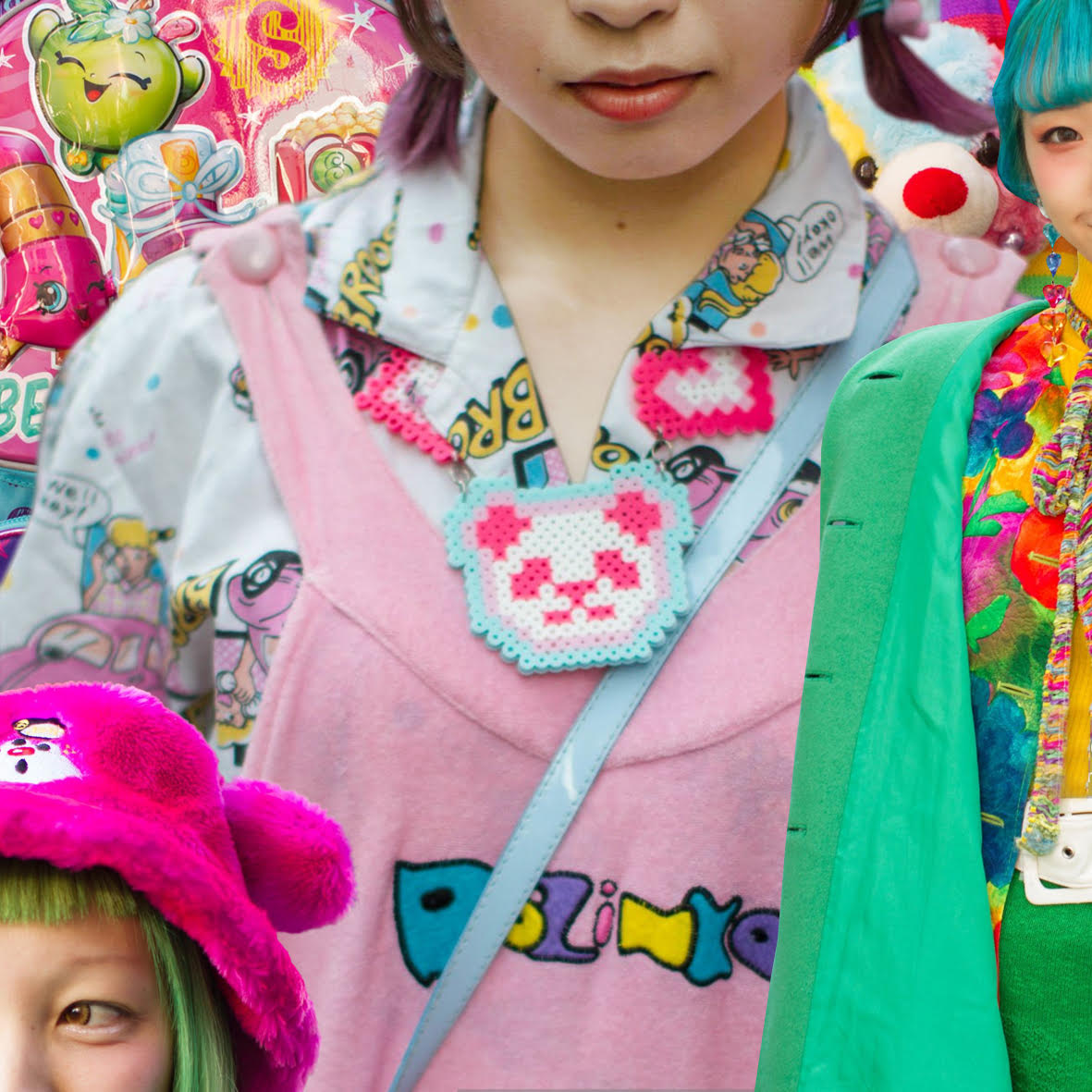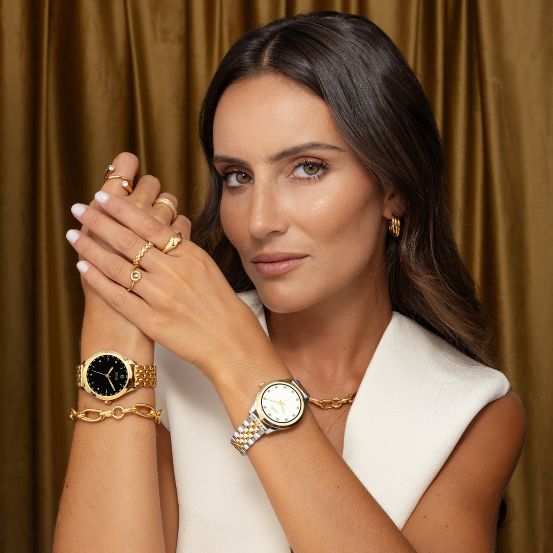The kidcore phenomenon still causes some strangeness, and naturally so. After all, seeing adults dressed in childlike ways raises numerous questions, especially for fans of the explanations of psychology. However, it has eventually become a trend and has invaded stores, the Instagram feed and, to the surprise of many, our own closets. Freud would have a lot to say about this....
The kidcore phenomenon still causes some strangeness, and naturally so. After all, seeing adults dressed in childlike ways raises numerous questions, especially for fans of the explanations of psychology. However, it has eventually become a trend and has invaded stores, the Instagram feed and, to the surprise of many, our own closets. Freud would have a lot to say about this....

Perhaps the precursors of kidcore were the Gyaru girls, a kind of rebellious older sisters who were not afraid to break barriers. Gyaru style originated in Japan in the mid-1990s and quickly became a subculture that divided the population between love and hate as it was radically different from what had been seen on the country's streets up until then. Gyaru girls opposed the national standard - porcelain skin and dark hair - and adopted an eccentric and showy way of dressing, wearing heavy makeup, tanned skin, and clothes that made the concepts of innocent and sexy coexist in one ensemble.
Personally, it always struck me as a somewhat bizarre movement, and one that certainly carries with it a strong psychological component. Freud may have highly questionable theories, but he must have got one thing right: childhood experiences shape our personality and our behavior as adults. Whether it is because we did not experience the so-called "happier years" as we should have, or because this period was not as colorful or as candid as hoped.
It was during the pandemic that many of us, not having much of a choice, started to face some wounds hidden by time - a task we had avoided until then. Being alone with ourselves forced us to do deep introspection and, in many cases, to practice what is now called inner child healing. In essence, this exercise encourages us to deal with parts of our childhood that undoubtedly shaped us, and which brought consequences into adulthood, even if we were not fully aware of them.
Kidcore also emerged during this time, and for this reason it is perhaps more than a banal or cyclical trend like so many others. It was during this period that we abandoned minimalism, and suddenly bright colors, beads, and overalls took center stage. Perhaps this happened as a response to the times in which we were living: the days were gray and future prospects uncertain, to say the least. Suddenly the world became a kind of dreaded dystopia, and we didn't know if life would ever be the same again. Now the worst is over, and Fashion is only the tip of this huge iceberg - yet no less important. This is because fashion has always been a reflection of the society we live in and, according to what history has taught us, we are going through a kind of roaring 20's, although now flapper dresses and feathers in the hair have been replaced by t-shirts with smiles and backpacks with teddy bears.
Perhaps kidcore is more than a banal trend and actually has a much deeper psychological aspect than it appears. Perhaps this way of dressing (and being) comes as a manifestation of the need to return to the past, to childhood, to bring back a happiness that has slipped through our fingers and a vibrant joy that has been lost somewhere in time - a simpler, lighter time. We have always wanted to grow up, and we have always been forced to do so. And now? Now we want to turn around the pre-established, the expectations they have created for us.
I have a habit of trying to give meaning to everything, because I believe (like Freud) in the power of the subconscious, because I believe that everything has an explanation, however abstract. Is this really so? I am not sure, and probably never will be. But there is one thing I can take for granted: like it or not, kidcore is bringing something we have long needed: the possibility to commit the rebellious act of being exactly who we want to be, breaking away from what is expected of us, from what is appropriate, cool, or wearable. We live in a world that never stops and where the culture of hustle is overrated, because we believe that a posture of sacrifice and seriousness will bring us the results we want to achieve. Having the courage to transgress this paradigm and adopt a more relaxed and carefree attitude is, nowadays, an act of resistance. Who would have thought that, in the 21st century, putting a bow in your hair or a pair of Crocs would be such a powerful statement. After all, isn't kidcore the strangest and most original ode to freedom?
Translated from the To be Continued on "The Innocence Issue" of Vogue Portugal, published February 2023.Versão portuguesa, aqui.
Relacionados
.jpg)


.jpg)

.jpg)

